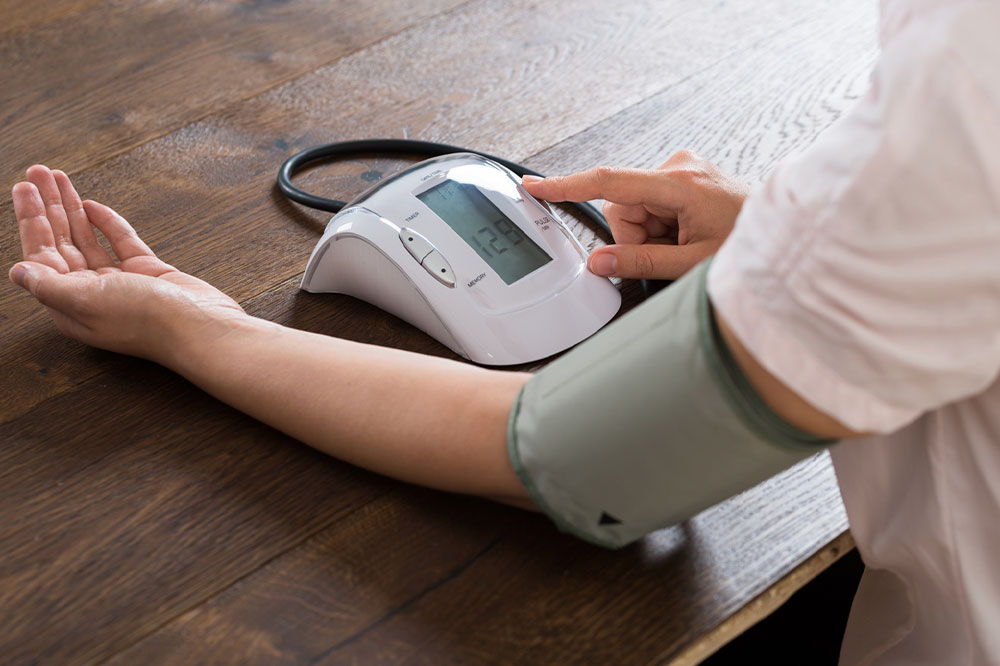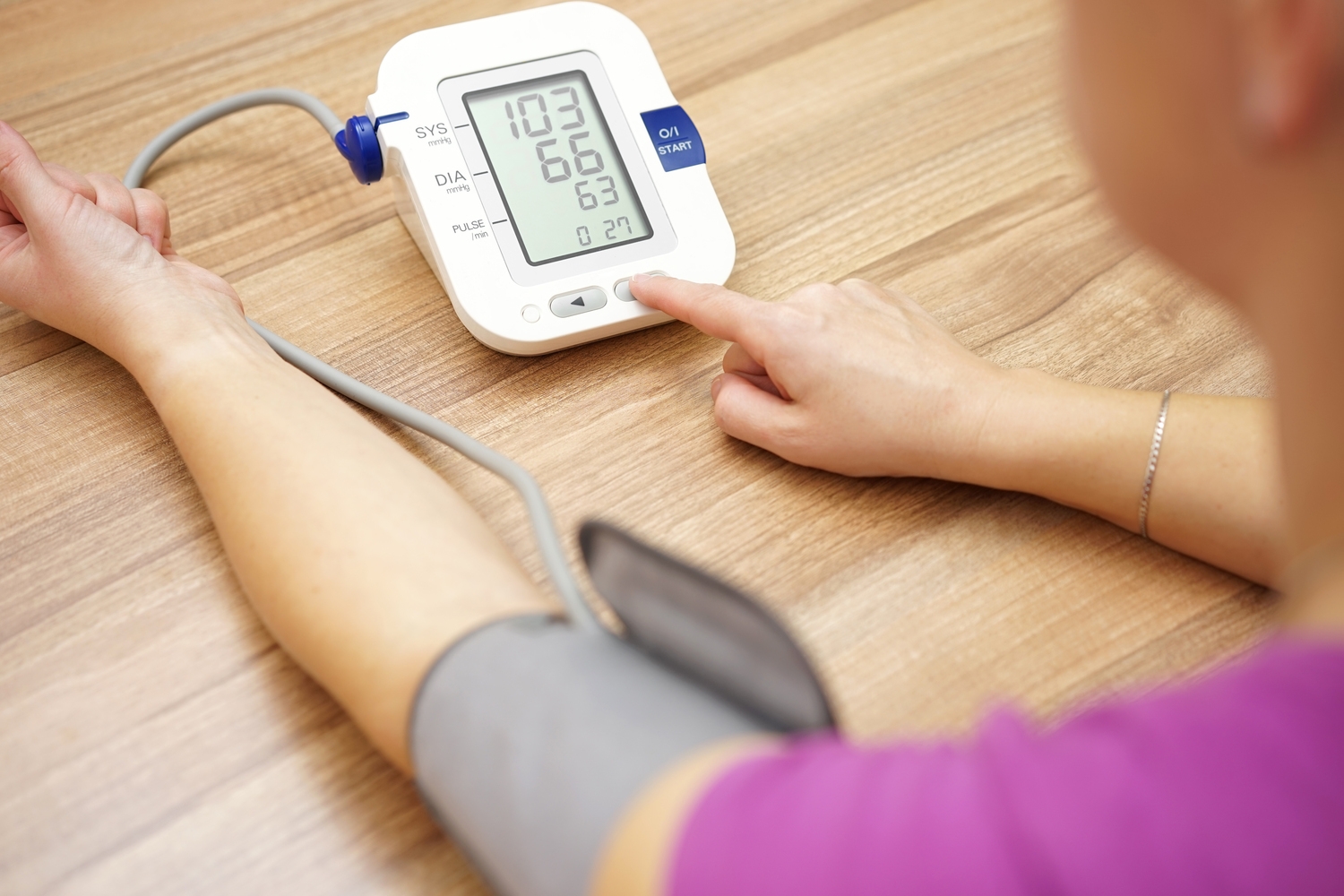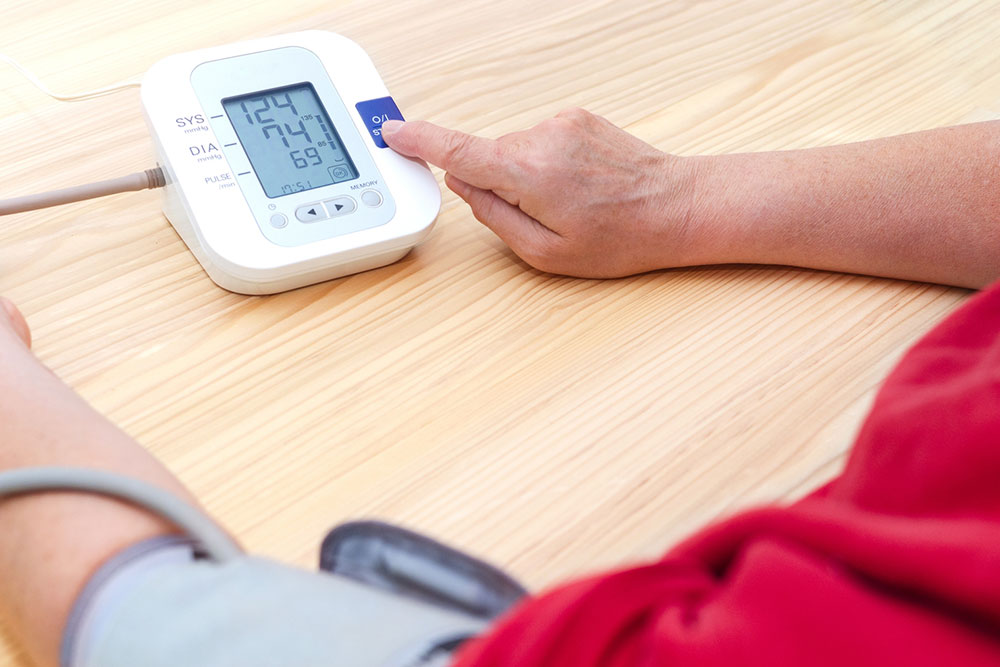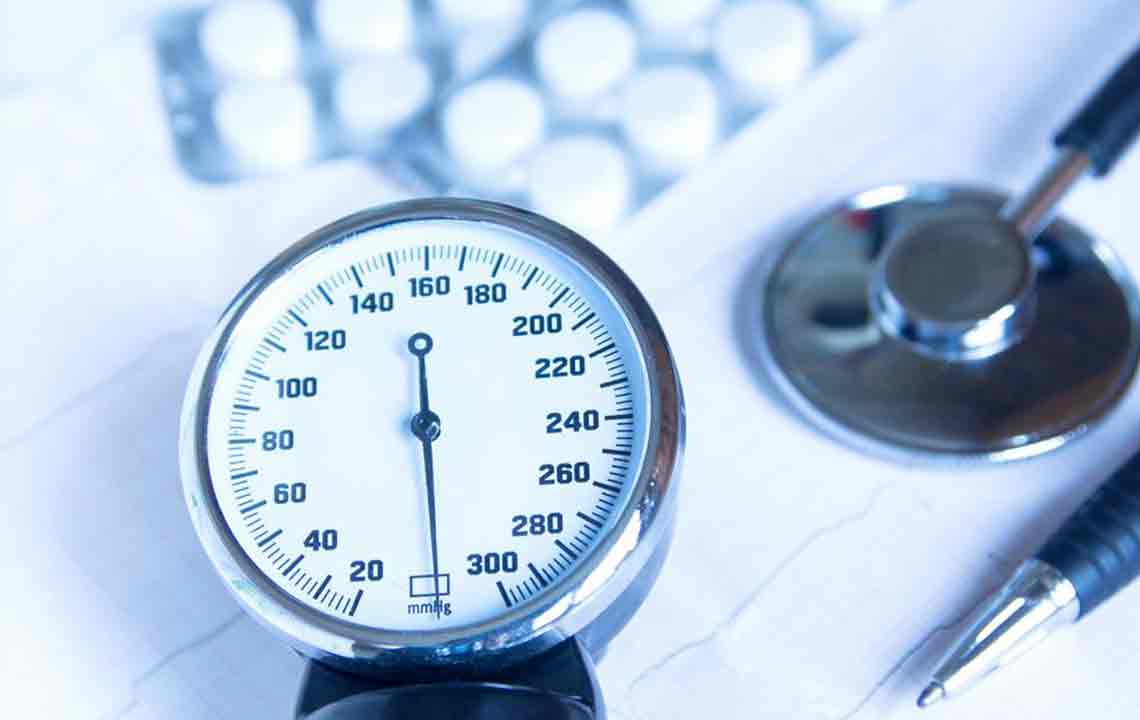Guide to Blood Pressure Devices: Types and Best Picks
Learn about different types of blood pressure monitors, their features, and top-rated products for accurate home health tracking. This guide helps you choose convenient, reliable devices to monitor your cardiovascular health effectively and safely from home, emphasizing features, fit, and affordability. Stay informed to take control of your blood pressure health with expert-recommended options.

Guide to Blood Pressure Devices: Types and Best Picks
A blood pressure measuring device is essential for monitoring cardiovascular health. Fluctuations in blood pressure can lead to heart-related issues, so regular checks are important, especially for those at risk. Understanding different types of monitors and top-rated products helps in making an informed choice. These devices usually feature a cuff, a display, and mechanisms for inflation and deflation to measure blood pressure accurately. Proper usage ensures reliable results, making home monitoring a practical option.
How to measure blood pressure at home?
The typical setup includes a gauge or digital display, an inflatable cuff, and a manual or automatic system for cuff inflation. The cuff is placed around the upper arm and inflated, then slowly deflated while the monitor records systolic and diastolic pressures. Accurate readings rely on correct cuff placement and following operational instructions carefully.
Blood pressure readings include systolic (top number) and diastolic (bottom number). Home devices allow easy monitoring, especially for hypertensive individuals or those with risk factors. Consistent measurement helps manage health effectively.
The main categories of home blood pressure monitors include:
Upper arm monitors: These automatic devices inflate cuffs around the upper arm, display results clearly, and often indicate risk levels. Some models feature connectivity options for data sharing with healthcare professionals.
Wrist monitors: These are fully automatic and measure blood flow vibrations to determine pressure. While more compact, they may be slightly less accurate compared to arm monitors, especially if not properly positioned.
When selecting a monitor, consider performance, features, and cost. Here are some tips:
Ensure proper fit: Verify the cuff size matches your arm or wrist by measuring circumference. Correct sizing prevents inaccurate readings and most models come with adjustable cuffs suitable for most users.
Set a budget: Prices typically range from $40 to $100. Comparing offers from various retailers can help you find discounts. Also, check if your insurance covers such devices.
Prioritize ease of use: Choose monitors with easy-to-read displays and intuitive controls. Large buttons and straightforward instructions enhance usability.
Select essential features: Consider extras like irregular heartbeat detection, multiple user profiles, memory storage, data export options, and large display digits for convenience.
Top 5 blood pressure monitors include:
Omron Upper Arm Gold Blood Pressure Monitor: Known for quick setup and accurate readings, it stores 120 measurements for two users and indicates health risk levels.
Welch Allyn 1700 Series Blood Pressure Monitor: Features a comfortable cuff, user-friendly app integration, and fast, reliable measurements suitable for home use.
A&D Premier Talking Blood Pressure Monitor: Offers auditory result explanations, assisting users with visual impairments.
Microlife WatchBP Home: Detects atrial fibrillation with high accuracy, records up to 250 readings, and includes a long warranty.
Omron 5 Series Wireless Upper Arm Monitor: Stores 60 readings with date and time, connects via Bluetooth, and is easy to operate with app support.









